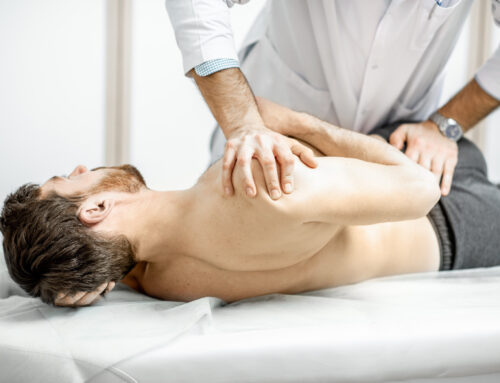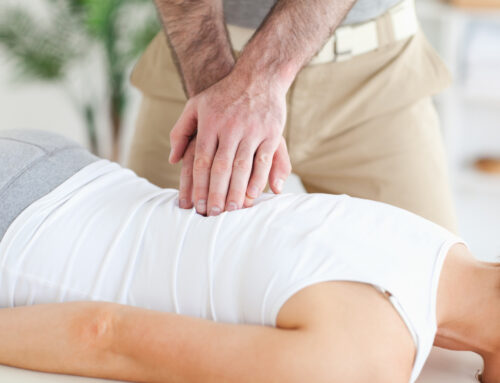 If you have a headache, you’re not alone. Nine out of ten Americans suffer from headaches. Some are occasional, some frequent, some are dull and throbbing, and some cause debilitating pain and nausea.
If you have a headache, you’re not alone. Nine out of ten Americans suffer from headaches. Some are occasional, some frequent, some are dull and throbbing, and some cause debilitating pain and nausea.
The International Headache Society has classified 129 different types of headache. The most common of these relate to the muscles of the neck (muscle tension), blood vessels (migraine) and joints (from the neck, called “cervicogenic”).
What do you do when you suffer from a pounding headache? Do you grit your teeth and carry on? Lie down? Take a pill and hope the pain goes away? Many people find the relief they get from over-the-counter medication is often fleeting, and long-term use can actually cause headaches!
There is a better alternative. Research shows that spinal manipulation—the primary form of care provided by doctors of chiropractic —may be an effective treatment option for tension headaches and headaches that originate in the neck. A report released in 2001 by researchers at the Duke University Evidence-Based Practice Center in Durham, NC, found that spinal manipulation resulted in almost immediate improvement for those headaches that originate in the neck, and had significantly fewer side effects and longer-lasting relief of tension-type headache than a commonly prescribed medication.
Also, a 1995 study in the Journal of Manipulative and Physiological Therapeutics found that spinal manipulative therapy is an effective treatment for tension headaches and that those who ceased chiropractic treatment after four weeks experienced a sustained therapeutic benefit in contrast with those patients who received a commonly prescribed medication.When you consider that over 85% of headaches are responsive to chiropractic care, it’s clear the word has yet to get out about how headache sufferers can be helped.
Headache Triggers
Headaches have many causes, or “triggers.” These may include foods, environmental stimuli (noises, lights, stress, etc.) and/or behaviors (insomnia, excessive exercise, blood sugar changes, etc.).
While about 5% of all headaches are warning signals caused by other physical problems, 95% of headaches are primary headaches, such as tension, migraine, or cluster headaches. These types of headaches are not caused by disease; the headache itself is the primary concern.
What Can You Do?
Dr. David Mruz suggests the following:
- If you spend a large amount of time in one fixed position, such as in front of a computer, on a sewing machine, typing or reading, take a break and stretch every 30 minutes to one hour. The stretches should take your head and neck through a comfortable range of motion.
- Low-impact exercise may help relieve the pain associated with primary headaches. However, if you are prone to dull, throbbing headaches, avoid heavy exercise. Engage in such activities as walking and low-impact aerobics.
- Avoid teeth clenching. The upper teeth should never touch the lowers, except when swallowing. This results in stress at the temporomandibular joints (TMJ)—the two joints that connect your jaw to your skull—leading to TMJ irritation and a form of tension headaches.
- Drink at least eight 8-ounce glasses of water a day to help avoid dehydration, which can lead to headaches.
What Can a Doctor of Chiropractic Do?
- Perform spinal manipulation or chiropractic adjustments to improve spinal function and alleviate the stress on your system.
- Provide nutritional advice, perhaps recommending a change in diet.
- Offer advice on posture, ergonomics (work postures), exercises and relaxation techniques. This advice should help to relieve the recurring joint irritation and tension in the muscles of the neck and upper back.
Take the first step today to find out if Dr. Mruz can help solve your headache challenge. Schedule an appointment at 864-292-6777.
Photo credit: Peter Hellberg via Compfight




